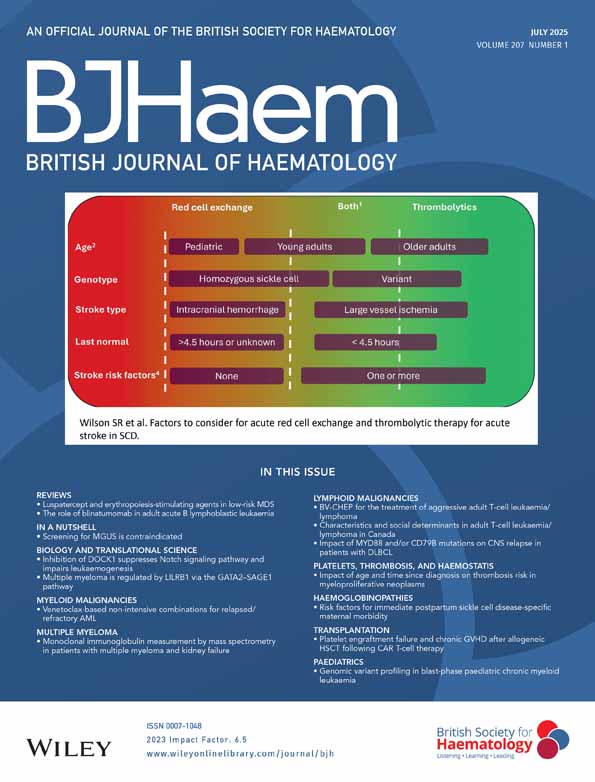EOSINOPHILS AND SERUM EOSINOPHILIC CATIONIC PROTEINS IN INTERLEUKIN-2-BASED IMMUNOTHERAPY FOR CANCER
We read with interest the letter by Porta and co-workers in which they report a disagreement between our and their data on eosinophil proteins in serum in patients with renal carcinoma, as they could not demonstrate any elevations before treatment with IL-2. This was in spite of the fact that we and Porta's group used the same methods of measuring these eosinophil proteins, i.e. the ones we have developed in collaboration with Pharmacia ( Peterson et al, 1991 ). As pointed out in the letter, the difference in the results may be due to the fact that our patients had metastases, whereas the patients of Porta et al did not. This would therefore indicate that activation of eosinophils is dependent on an active immune system present in patients with a metastatic disease. In agreement with Porta et al, we also found a tendency towards higher eosinophil protein levels in serum after therapy with IL-2. However, the modest elevations in our patients may due to simultaneous treatment with α-interferon and the fact that the eosinophilopoietic activities were already operative.
The role of the eosinophil in cancer is still obscure, but our findings again emphasize a potential role in cancer cell killing, since we (unpublished observations) and others ( Roberts et al, 1990 ) have clearly shown that eosinophils are very potent cancer cell killers either by means of oxygen radical production or by means of the cytotoxic granule proteins. The reason for the lack of any cytotoxic activity in supernatants of cultured eosinophils as found by Porta et al cannot be judged from the data presented in the letter, but may have several explanations, one of which is offered by the authors themselves.
The main message of our brief paper was to draw attention to a potential role of eosinophils in cancer, since we have found clear evidence of the activation of the eosinophil population in cancer. Studies are now underway which will answer some of the questions raised by Porta et al.




